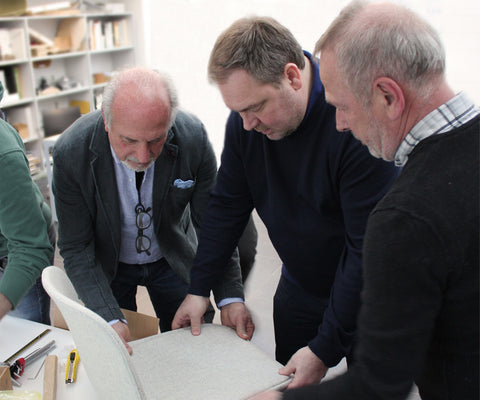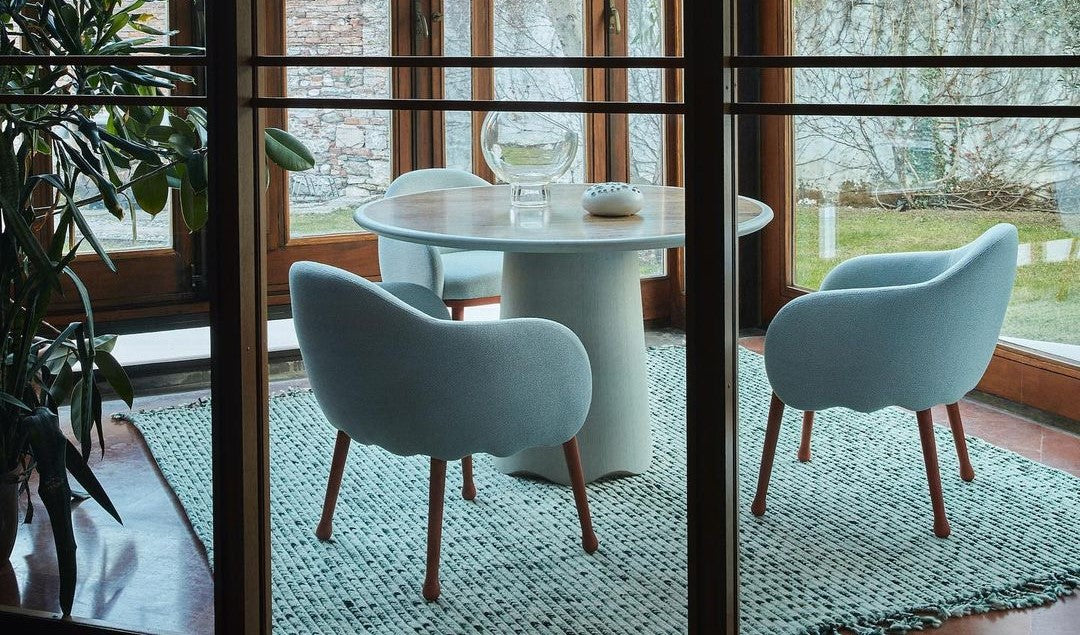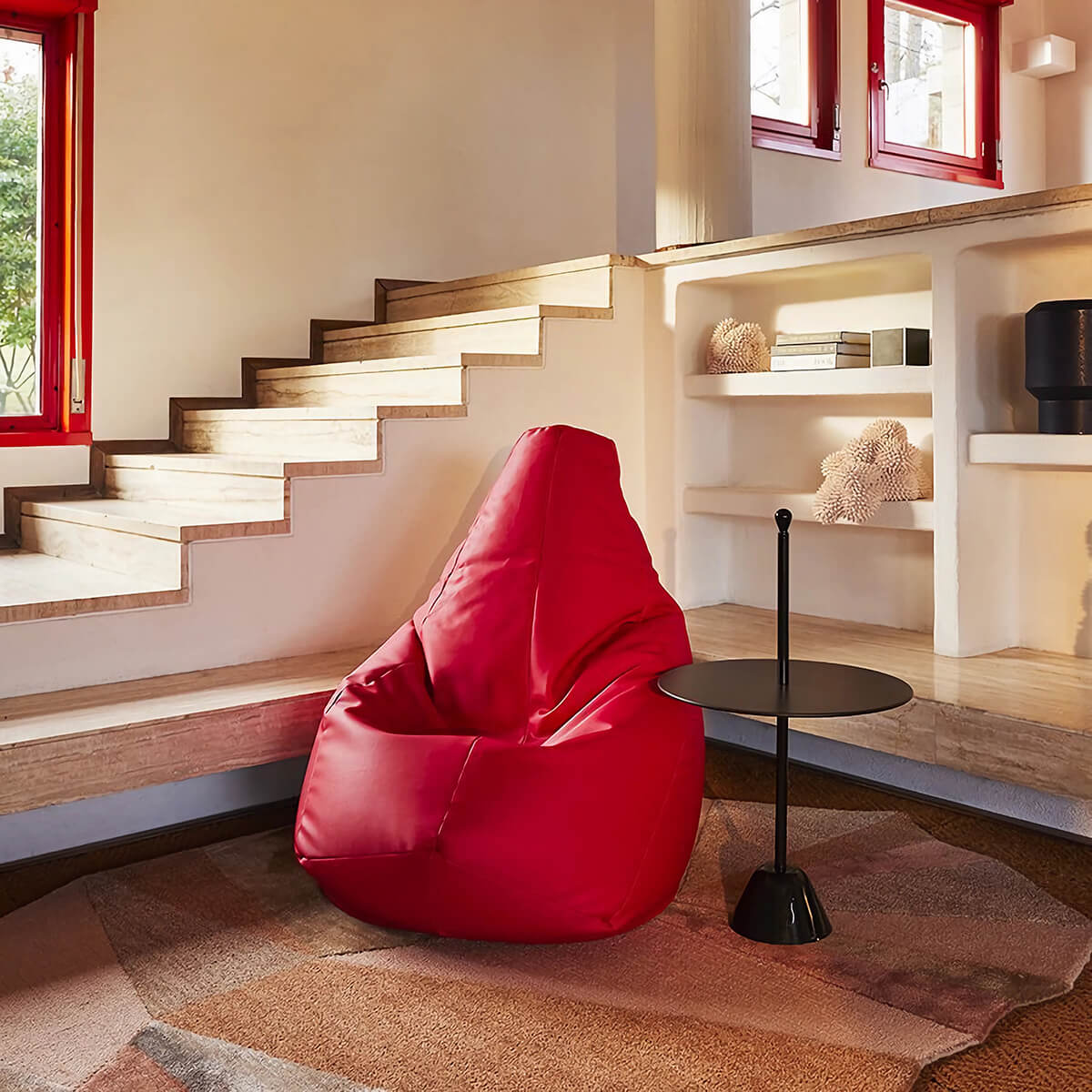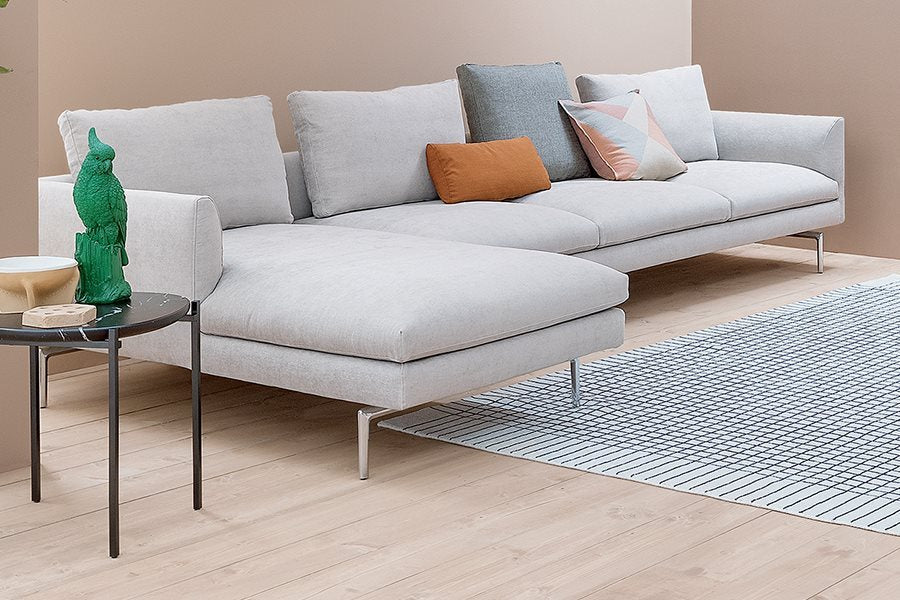
The Art of Identifying Genuine Luxury Furniture: An In-depth Guide
How To Identify Pieces from Luxury Furniture Brands
In the intricate tapestry of interior design, selecting furniture is a nuanced art that intertwines aesthetics, functionality, and authenticity. Genuine luxury furniture stands as a testament to impeccable craftsmanship, design heritage, and material excellence, embodying a legacy that transcends mere appearance. This comprehensive guide delves deep into the heart of luxury furniture, equipping design connoisseurs with the knowledge to distinguish the authentic masterpieces from their deceptive counterparts.

The Essence of Luxury Furniture
Luxury furniture is not merely functional; it’s an ode to the timeless beauty and meticulous craftsmanship inherited from generations of skilled artisans. It encapsulates a philosophy of living, where every piece narrates a story of artistry, innovation, and enduring quality.
-
Craftsmanship and Artisanal Excellence: The hallmark of luxury furniture lies in its construction, meticulously assembled by artisans who blend traditional techniques with contemporary innovation. This fusion results in pieces that are not only structurally sound but also aesthetically captivating.
-
Material Integrity: True luxury is tangible in the materials used. From rare woods and metals to premium fabrics and leathers, each material is selected for its quality, durability, and ability to age gracefully, ensuring the furniture not only lasts but also evolves into a more beautiful version of itself over time.
-
Design Authenticity: Luxury furniture carries the signature of its creator’s artistic vision, often reflecting a unique style or epoch. These pieces stand out for their originality, with design elements that are distinctive and iconic to the brand.
Navigating the World of Replicas
The rise in demand for luxury furniture has unfortunately spawned a parallel market of replicas, which mimic the aesthetics of genuine pieces but fall short in quality and craftsmanship. These imitations pose a challenge for both consumers and design professionals, as they dilute the market and misrepresent the essence of luxury.
-
Understanding the Impact of Knock-offs: Imitations not only undermine the craftsmanship of authentic pieces but also affect the overall market, depreciating the value of genuine articles and harming the reputation of established brands.
-
The Economic and Ethical Consequences: Beyond aesthetic shortcomings, replicas often circumvent fair labor practices and intellectual property rights, impacting the economic ecosystem of the design industry and infringing on the moral rights of creators.
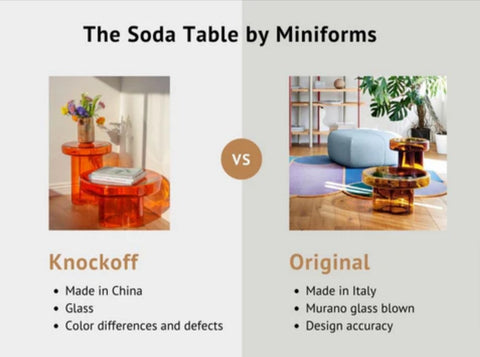
Identifying Authentic Luxury Furniture
Distinguishing genuine luxury furniture from replicas requires a keen eye, attention to detail, and an understanding of the nuances that define high-end craftsmanship.
-
Labels and Provenance: Authentic pieces often come with labels, signatures, or markings that indicate their origin. These identifiers can include serial numbers, brand stamps, or artisan signatures, providing a traceable history that confirms their authenticity.

-
Craftsmanship and Detailing: Examine the furniture’s construction, finish, and detailing. Authentic luxury pieces exhibit flawless craftsmanship, with even stitching, precise joints, and a harmonious balance in the design elements.
-
Material Quality: The materials used in luxury furniture are of the highest standard, chosen for their superior quality and ability to endure. Genuine pieces will display consistency in texture, color, and finish, indicative of the premium materials used.
-
Design Consistency: Authentic luxury furniture remains true to the brand’s design ethos, reflecting a consistent style and quality that is evident across different pieces from the same collection or designer.
-
Price and Value: While luxury furniture commands a higher price due to its quality and craftsmanship, excessively low prices can be a red flag indicating a potential replica. Authentic pieces are priced to reflect their intrinsic value, including the cost of materials, labor, and brand heritage.
-
Vendor Reputation: Purchasing from reputable dealers and established showrooms can significantly reduce the risk of encountering replicas. Trusted vendors often have direct relationships with the brands and designers, ensuring the authenticity of the pieces they sell.
The Connoisseur’s Approach to Selection
In the quest for authentic luxury furniture, a connoisseur’s approach involves a blend of research, vigilance, and an appreciation for the finer details of design and craftsmanship.
-
Educate Yourself: Familiarize yourself with the history, style, and hallmark characteristics of the brands and designers you admire. Knowledge is a powerful tool in discerning authenticity.
-
Scrutinize the Details: Pay close attention to the materials, construction, and finish of each piece. Genuine luxury furniture will exhibit a level of perfection in every aspect, from the weave of the fabric to the grain of the wood.
-
Consult Experts: When in doubt, seek the opinion of seasoned professionals. Experienced interior designers, appraisers, or brand representatives can offer invaluable insights into the authenticity of a piece.
-
Embrace the Experience: Selecting luxury furniture should be a sensory experience. Touch, feel, and closely examine the pieces, immersing yourself in the tactile and visual aspects that signify true luxury.


